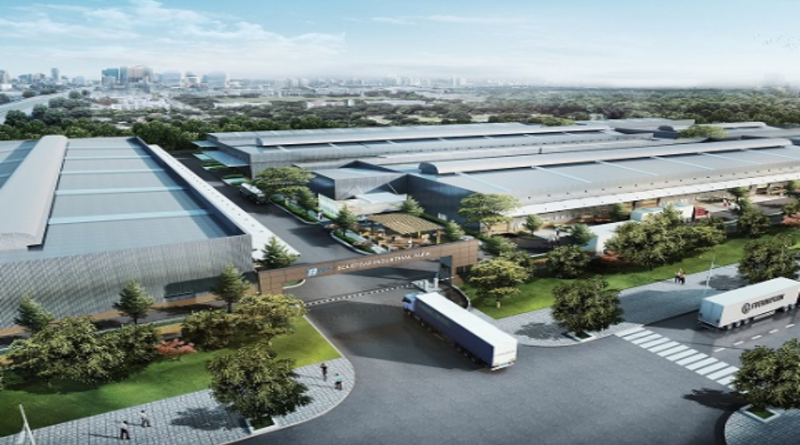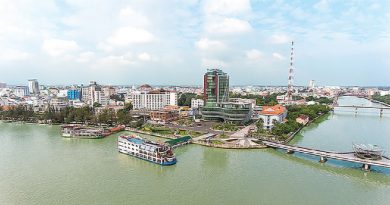Demand for ready-built factories and warehouses increasing
The development of e-commerce together with delays to import and export activities due to disrupted logistics services has accelerated demand for ready-built factories and warehouses during the COVID-19 outbreak in Vietnam.
In contrast, the number of leasing inquiries for other industrial properties has fallen due to travel bans and social distancing.
“After the pandemic is contained, the average asking rent for warehouses will increase by 4-11 percent y-o-y,” Pham Ngoc Thien Thanh, said at an online conference on ready-built factory development held in Ho Chi Minh City this week.
Over the last two years, Vietnam’s ready-built factory and warehouse market had grown with strong supply and stable performance.
“It is expected that by the end of 2020, the total supply of ready-built factory and warehouses in the North will reach 2 million sq.m, up 25.3 percent year on year. Ready-built factories in the South will reach 2.7 million sq.m, up 28.2 percent year on year,” Thanh said.
“Vietnam’s ready-built factory and warehouse market is expected to continue to gather momentum in the coming years. Demand for warehouses has been mainly driven by e-commerce companies who are expanding their storage space and distribution networks,” said Le Trong Hieu. “In addition, more investors/developers are actively seeking sites to develop logistics facilities.”
Niche industrial and logistic assets will also benefit in the long term, with growing consumption and distribution of groceries and fresh foods set to accelerate occupier demand for temperature-controlled storage (cold or cool storage warehouses), according to Hieu.
In the context of limited industrial land supply, high-rise warehouses had been introduced to create bigger storage space for the needs of e-commerce companies.
The pandemic had added impetus on manufacturers and governments to plan to reduce supply chain dependency on China (and potentially any other single market). This would form part of the overarching theme of a move away from centralised supply and towards greater diversification – a trend likely to benefit Vietnam.
During this difficult period, developers of industrial parks and ready-built factories have offered support policies, including reductions of rents and infrastructure maintenance fees (from 10 percent to 30 percent), restructuring payment terms and exempting rent for new businesses setting up factories during the outbreak.
It is time for a critical makeover of Vietnam’s industrial property market. Ready-built warehouses and factories are evolving quickly to take advantage of this golden opportunity. Robust demand for ready-built factories includes new factory set-ups and expansion. More recently, developers have been constructing ready-built factories and warehouses to maximise the efficiency of land use and cater to the full spectrum of demand.
The modern generation of ready-built factories, so-called “Ready-built factory 4.0”, integrated 4.0 technologies to bring more convenience to occupiers in the process of leasing, manufacturing and operating, and was emerging as a new trend. Ready-built factories 4.0 apply virtual reality technology to bring factory spaces to clients at any time and anywhere.
Source: dangcongsan









